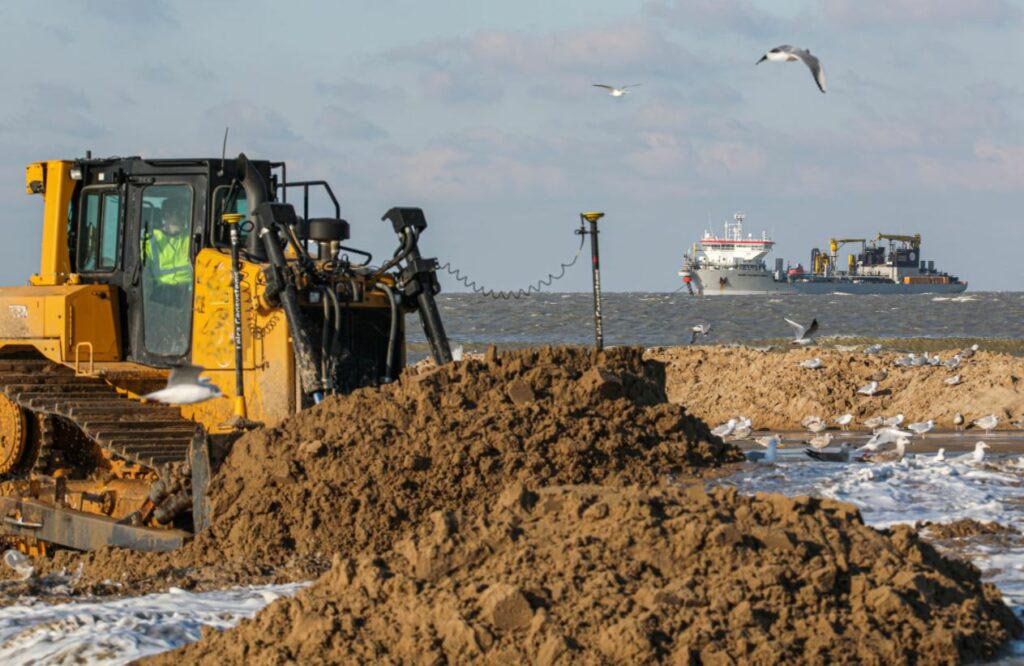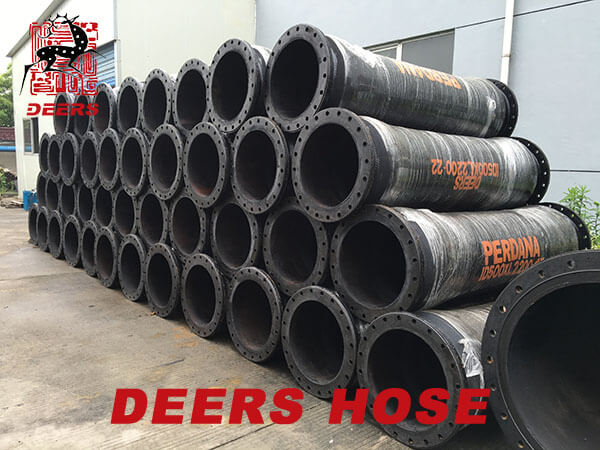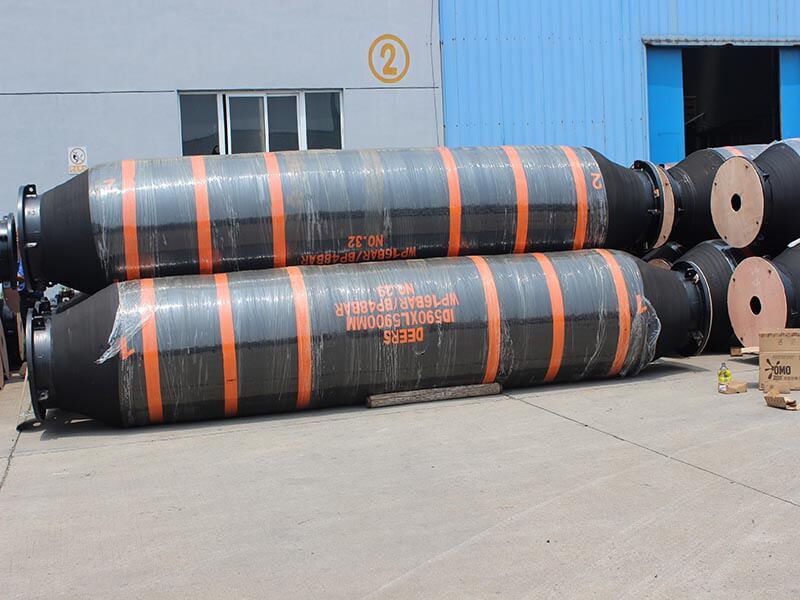Dredging industry walk on the sustainable development
/in Dredging KnowledgePromote global sustainable development, its fundamental power is that the new round of scientific and technological revolutions, the change of new technology is a new challenge for the transformation and innovation of dredging industries, and also provides long-term environmental conditions.
The challenge of the dredging industry
In recent years, the Netherlands IHC has maintained a lead in multiple fields of dredging technology, and the intelligence direction is forwarded by digital and information technology. Germany maintains a leading lead in high-power promotion technologies, and the design and manufacturing of dredging equipment have advantages. Digital, Belgium, four major international dredging companies, and general application of information technology, long-term occupation of the main share of the international high-end market.
Jan De Nul Group is the first dredging company to carry out 100% sustainable beach replenishments, announced JDN in the release.
Moreover, this world-first has taken place at the Belgian coast. From 1st February, Jan De Nul will deposit about 500,000 cubic meters of sand on the beach of Riverside by order of the Agency for Maritime Services and Coast (MDK) of the Flemish Government.
Better air quality thanks to advanced biofuel and emission reduction of up to 90%
The equipment that Jan De Nul will use for these dredging and earthmoving works, meets the strictest sustainability standards.
The ambitious targets that Jan De Nul Group is achieving are thanks to a sustainable course that the dredging company has been following for some time.
During mid-2019 Jan De Nul Group contractually committed to reducing its annual CO₂ emissions by 15% during the maintenance dredging works in the coastal marina of Newport, also commissioned by the MDK Agency.
Never before has a dredging company achieved a CO₂ emission reduction of this magnitude in a commercial application on a project.
Jan De Nul Group is using sustainable fuel for the dredging works in Riverside. During the works, the dredger Pedro Álvares Cabral will sail on 100% sustainable drop-in advanced biofuel.
>>A Brief Analysis of the Effect of Dredging Project on the Environment
Dredging discharge hoses play important role in dredging pipelines
/in Dredging KnowledgeDepending on the environmental circumstances, a combination of different types of pipes is required for the discharge process. Steel pipes make the dredging pipelines less flexible because they are rigid and reduce their effectiveness in rough seas, so these hoses must be interspersed with flexible rubber elements. Dredge ball joints also provide a flexible load-bearing connection between the sections of an unloading line and their field of application is in use on floating pipelines. For several decades the dredging industry has had a low number of manufacturers and only a few suppliers. This led to the development of high-quality products that worked effectively and guaranteed longevity.
As a key component in the transport process and therefore in the dredging cycle, pipes are exposed to often high levels of wear and tear and all pipes must be turned regularly during use to ensure that wear is uniform.
Approximately 80% of world trade by volume and over 70% of world trade by value is transported by sea and managed from ports around the world. Countries are increasingly faced with the need to expand their land areas, and as many urban areas are located along the coasts and rivers, there is a need to maintain river transport routes. Vast lake areas rich in sediments (often polluted) need to be reclaimed and limitedly converted to the cultivation of plant species for human use.
In order to achieve this, it is essential to dredge the underwater seabed and remove the excavated material and recover it for social purposes. Specifically, the justifications that motivate the projects in the use of dredging are:
- Increase the world trade
- Population growth (urban development)
- Climate change
- Coastal protection
- Energy demand
The function of floating hoses in the construction of artificial islands
The function of floating hoses in the construction of artificial islands
/in Dredging KnowledgeWhen building an artificial island, a dredge like CSD/TSHD is needed to help us solve the sand or rock needs. These dredgers need to transport a mixture of sand, rock, and seawater through a dredging floating hose. This is the function of floating hoses in the construction of artificial islands.
Floating rubber hose has enough buoyancy to float on water and better flexibility. These floating pipeline can work under harsh conditions very well. Self-floating hoses supplied by Nanjing Deers have been used by some major reclamation projects around the world. Self-floating hoses also include normal floating hose and armored floating hose. Now armored floating hoses are much popular and approved by many dredging companies as well. We can produce and supply floating pipelines according to your requirement.
Since 2013, China has established eight artificial islands in the South China Sea. They are Huayang Island, Meiji Island, Chinua Island, Dongmen Island, Nanxun Island, Zhubi Island, Yongshu Island, and Yongxing Island.
After the reclamation project, Meiji Island became the largest island in the entire South China Sea, with an area of 6 square kilometers. There is an airport on the island, which can be used for passenger planes and fighter jets to take off and land after completion. The airport facilities are currently being improved. In order to better enhance the strategic value of Meiji Island, our country has spent a lot of effort to build it. It took five years to transform the island from a small fishing village into a small sea city. There is also a lagoon with an area of 36 square kilometers in the atoll, which is the largest and most complete lagoon in the Nansha sea area. Meiji Reef is an excellent place to develop marine aquaculture and has become an important fishery base in the South China Sea.
Use and quality standards of the pipe float
/in Dredging KnowledgeDredging floats are commonly used in dredging projects and sea reclamation projects around the world. They are used for dredging pipelines, sand pumping pipelines, sand pumping vessels. They are mainly used for dredging vessels in the ocean, rivers, and lakes, etc. let’s understand the use and quality standards of the pipe float.
Use of the pipe float
- Ensure that the pipeline floats on the water;
- The orange-red appearance color can be used as a warning sign to prevent hitting the pipeline;
- Convenient for the inspection and maintenance of the pipeline;
- Shorten the construction period, reduce the cost, and reduce the maintenance cost.
Quality Standards of the pipe float
In the actual use of the dredging pipe float, the following five inspections should also be carried out on the pipe float (buoyancy, overall weight, plasticization degree of the plastic shell, the density of the inner foam, and foam cells of the pipe float) to judge the quality of the pipe float.
- The buoyancy of the pipe floater: Generally, it is required to be greater than 30% of the weight of the pipeline itself (including the mud with a specific gravity of 1.3). When the pipeline is working, the height of the exposed water surface is about 1/4 of the height of the steel pipe;
- The overall weight of the pipe float: not less than 3-5% of the order parameters. Because the weight of the pipe float is related to the weight of the pipe float’s shell, and the specific gravity and volume of the pipe float’s foam. For a pipe float that is too light, the strength of the plastic shell and the specific gravity of the foam are difficult to guarantee. The specific gravity of the foam should be about 35 kg/m3.
- The degree of plasticization of the plastic shell of the pipe floats: the inside of the plasticized pipe floats should have a smooth surface without obvious particles. At this time, the plastic shell has the best tensile resistance;
- The density of the filled foam: generally should be about 35 kg/m3, the tensile strength at this time is about 0.2MPA; slightly elastic, non-sticky and not brittle is qualified; only the dredge floats that guarantees the above product standards are the same Really durable and good floating body;
- Floating body foam hole: the welding must be firm, and repair welding should be done when there is a leak.
The pipe floats are of great significance to dredging projects and other undertakings and have made great contributions to water transportation operations. Attention should be paid to the material and workmanship of the pipe float. Only ensuring the quality of the pipe floats, can play a greater role in dredging projects.
>>Pipe Float Installation and Maintenance
ABOUT DEERS
Nanjing Deers Industrial Co., Ltd. is a professional manufacturer and supplier of high performance dredging hose to the worldwide dredging industry.
Your reliable partner to your procurement needs
PRODUCTS
CONTACT US
Skype: evasky86
Fax: +86-25-84660486
Telephone: +86-25-84507790
Email: sales@globaldredge.com
WhatsApp: +8618552610828
Address: No 185, Hanzhong Road, Qinhuai District, Nanjing City, Jiangsu Province, PR China 210002
DEERS Whatsapp

Scan this code to start a WhatsApp chat with Nanjing Deers.



